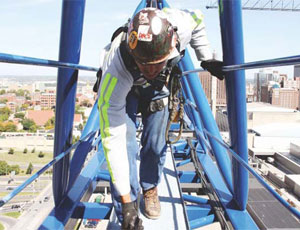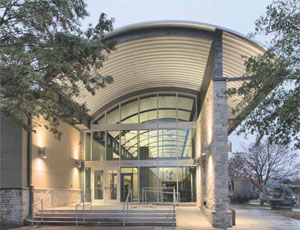If Oregon and Washington follow California in regulating off-road diesel nitrogen oxide and fine particulate matter emissions, contractors may need to install pollution controls on their equipment or purchase replacements, according to warnings from The Associated General Contractors of America.


“There are a lot of different things in play, but in terms of actual, on-the-ground requirements, we haven’t seen them completely yet,” says Van Collins, legislative counsel for AGC of Washington in Olympia. “We expect to see more. California has been leading the way. Washington has looked in the past to the example of California.”
The California Environmental Protection Agency Air Resources Board adopted new regulations in 2007 concerning particulate matter and nitrous oxide emissions for off-road diesel construction vehicles. At that time, Mary Nichols, CARB chairman, said in a written statement that it was the first regulation of its kind in the nation and could serve as a model for other states to follow.
Under the California rule, large fleets that have equipment totaling 5,000 horsepower must start complying in 2010. Medium fleets, with a combined 2,501 to 5,000 horsepower, have until 2013, and small fleets with less than 2,500 horsepower until 2015.
The U.S. Environmental Protection Agency has set standards for new construction equipment, but the agency does not require contractors to reduce emissions on old, in-use fleets. Instead it asks for voluntary efforts to install emissions-control technologies.
Jim Ward, equipment manager with general contractor Anderson Construction of Portland, Ore., says his firm has already installed particulate filters on some of its all-terrain forklifts.
“I’m all for what they are trying to do,” Ward says. “We have to breathe this air.”
California Matters to Northwest Contractors
The U.S. Congress gave California special permission to establish the regulations. It is the only state with the right to set emission standards for construction equipment that are more aggressive than federal standards. However, the EPA allows other states to opt in to the California program, exactly as outlined by California lawmakers.
“That’s why this is so significant,” says Leah F. Pilconis, senior environmental adviser to AGC of America.
Washington and Oregon are two of approximately 17 states that have adopted other California emission standards, says Pilconis, who adds that the state of Washington has indicated it would adopt the off-road equipment rules if Oregon does.
“And they are bordering states, so there will be concerns about older, off-road construction equipment leaving California and going into the neighboring states,” Pilconis says. “Washington and Oregon have done things collectively in the past. And as the EPA continues to tighten the national ambient air-quality standards, Oregon and Washington will find themselves in nonattainment.”
Pilconis says that with more air-quality issues, particulate and, in the case of Washington, ozone problems, she anticipates greater interest in adopting California’s more stringent standards.
“A lot of the sources [of pollution] are regulated heavily,” she adds. “That’s why construction equipment has come into focus.”
The Battle in California
AGC of America continues to fight against implementation of the California off-road emission standards. When that state first crafted its rule in 2000, it estimated off-road, diesel equipment operators would have to cut nitrogen...

Post a comment to this article
Report Abusive Comment